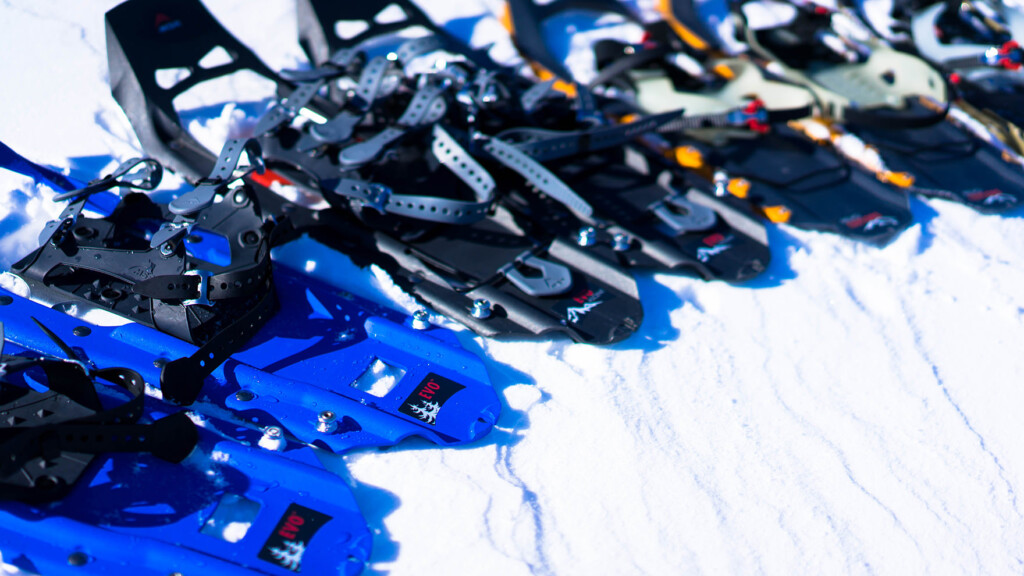
Lineup comparison: We compared MSR snowshoes, so we'll introduce some recommended models.
Snowy mountains are certainly cold and dangerous, and are extremely expensive activities. However, it is just as certain that the charm of the silver world, surrounded by snow and silence, is something that you can never experience in the summer mountains, and only those who have experienced it will understand why they go to the snowy mountains.
Snowshoes are the gear that allows you to experience the world of winter mountains that are closed to snow, and with the recent popularity of snow hiking, the number of manufacturers entering the market has increased, and the lineup of each brand has become increasingly diverse. At this time of year, when the full-scale snow season begins, Outdoor Gearzine will try out the leading models from major brands, and introduce the differences in their characteristics and how to choose the best ones, divided into several times by brand.
The first time was MSR snowshoes. In the third week of December, I tried out each model at Tanigawa Take Tenjindaira after heavy snowfall. We also borrow samples of some of our snowshoes from each brand.
Furthermore, the discussion from here assumes that you have some knowledge about snowshoes. If you are reading this and find it difficult to understand, it is a good idea to read the following article, which I previously explained and reviewed on how to choose snowshoes.
- Once you know it, you can't stop! Three points to know when choosing snowshoes: How to choose snowshoes
- Comparison review: Comparing shoes from the four major snowshoe manufacturers, MSR, ATLAS, TSL, and TUBBS!
table of contents
table of contents
- About the MSR Snowshoe lineup
- Specific comparisons with detailed parts - Learn about the differences in uses, not grades
- Introducing recommended MSR snowshoe models for each scene
About the MSR Snowshoe lineup
The characteristics of each MSR snowshoe model can be determined to some extent by naming rules such as "series type + play area type." Therefore, when considering a model that's right for you, it may be relatively easy to understand compared to other brands. First, let me explain what each type represents.
First, let's check the manufacturer's explanation. According to catalogs and web information, the main "series types" are
- Lightning is suitable for steep slopes
- REVO is a place that emphasizes the balance between steep slopes and flat ground.
- EVO " is suitable for walking on flat ground
And the "play area type" is
- Ascent " is the perfect climb
- Explorer " suitable for gentle slopes
- Trail suitable for flat land *This is the only one that does not appear in the special naming.
These are combined to make each model naming, for example, in the form of "Lightning Ascent" and "REVO Explorer." For reference, let's map the entire lineup to a matrix for each type.
| Various types | Ascent | Explorer | (Trail) |
|---|---|---|---|
| Lightning | 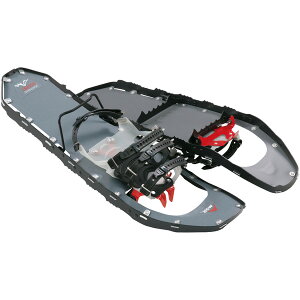 Lightning Ascent | Lightning Explorer | |
| REVO |  REVO Ascent | 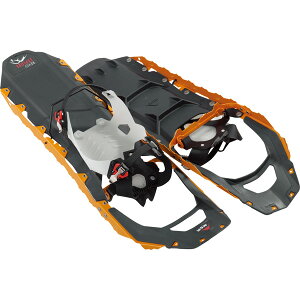 REVO Explorer | |
| EVO | 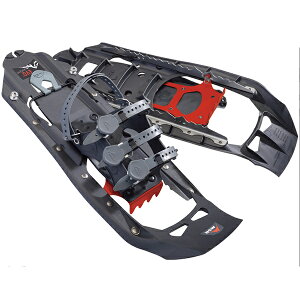 EVO Ascent | 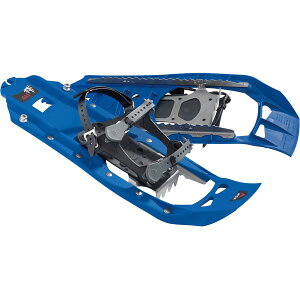 EVO | |
| others | Denali Classic Ascent (reprint of past models) |
Specific comparisons with detailed parts - Learn about the differences in uses, not grades
Now, the above-mentioned "series x play area" division seems to be clearly divided at first glance, but if you look closely, it seems to be frankly saying the same thing. I know what I'm trying to say, but it's hard to tell what the truth is, so next time let's take a closer look at the specific differences.
Differences between "Series" = Differences between frames (decks) and blades
The specific differences that are expressed in the series such as Lightning, REVO, and EVO are the overall frame (deck) part and the blade structure such as the claws and teeth (photo below).
EVO on the left of the photo is a plastic frame with durability and flexibility, the REVO series in the middle is a hybrid deck that combines a plastic frame with a steel blade with excellent toughness and grip, while Lightning series is a deck made of a plate-shaped aluminum frame with high grip and lightness.
Lightning series is extremely reliable on all terrain
When comparing these, the first thing I notice when I look at the performance of walking safely and reliably on any terrain, the grip of the Lightning series is amazing. The entire 360° outer circumference becomes a blade, and the frame will twist even on traverse and uneven slopes, regardless of the snow quality, and will bite against the slopes due to twisting. Additionally, the blades arranged in two rows provide solid traction even on steep slopes, making Lightning clearly less slippery than other series . Especially in the case of the EVO series, which have few (weak) side-facing blades, it was quite difficult when hiking up on steep slopes of fresh snow.
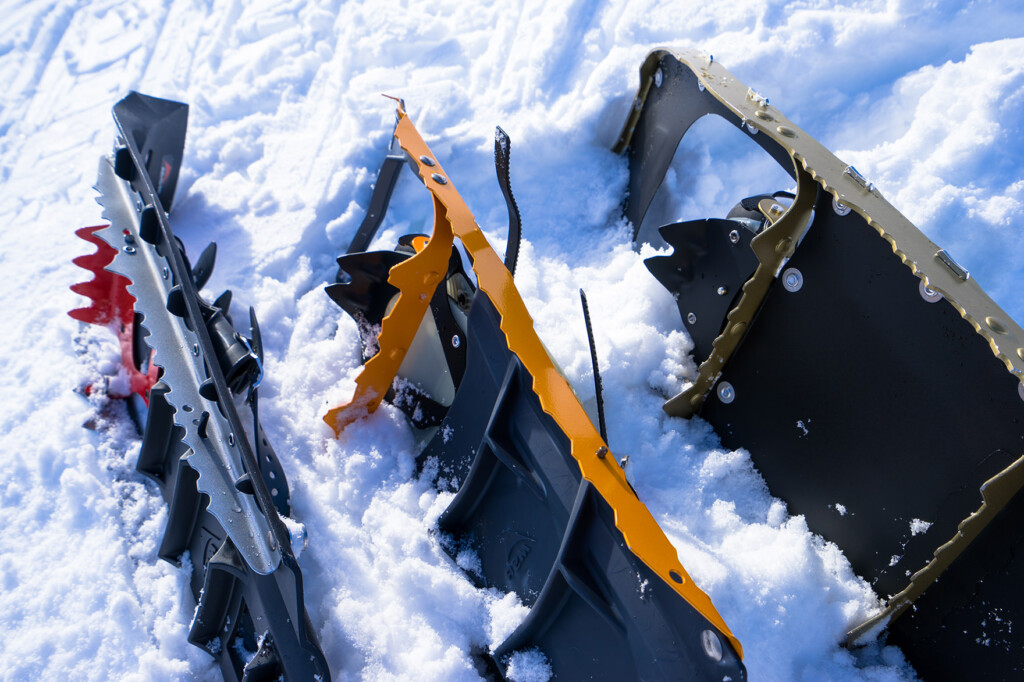
A side view of the blade. The Lightning (right) grip, made up of the outer circumference of the frame and two rows of steel blades in the inside, provides a firm grip no matter how you place your feet.
There is also an appeal that can only be seen in the REVO and EVO series.
In terms of stability in harsh environments, the REVO and EVO series are not suitable for the Lightning series, but there is also the appeal that can only be found in these. That means you can enjoy descending. I noticed this when I checked with a brand representative about the differences in grip strength between each series, and got the following answer.
(The grip on slopes is relatively weak) With the REVO series, you can move down slightly. The tail part of the Lightning is also surrounded by a frame, so it gets caught in that area and cannot be moved down like a flowing. When you look at the snow on a downhill deck, it also has a short ski feel (that's just my own).
It's true that it's important to stop firmly, but being able to get downhill while sliding down a snowy slope can speed up and make your activities a little more fun. If snow hiking is where you can experience the joy of nature, such as snow, then it's not just a good snowshoe that involves digging into the slopes and climbing and descending, making you feel like your head is being hit hard by smashing your head. Come to think of it, techniques such as Silicade and Glysade to slide down snow surfaces have always been a solid mountain climbing skill. Lightning Ascent for the past two years and honestly, I've even thought that I didn't need any other models, so I've almost forgotten what's important.
There was no clear difference in the buoyancy of each model, and it seemed all sufficient to accommodate the fresh and deep snow of North American origin. It is likely that the difference in snow quality and weight will have a greater impact on whether your feet are susceptible to sinking or not, rather than the differences in models.
Differences depending on "play area" = differences in binding tail
Next, what will be the specific changes that occur when the play area is different? There are two things to go big. The first is the binding, which is the part where the boots are attached.
Do bindings take the speed of wearing or flexibility for various boots?
The difference in bindings. From left, 2 EVO, 2 Explorer systems, 2 SS
The ascent-type bindings (although they are strictly different), are fixed at two locations, the heel and instep, using a total of four plastic bands, and although it takes a little time to put on and take off, they fit flexibly and safely without any type of boot . This is a natural feature to ensure that it is firmly secured to a wide variety of shoes, from hiking snow boots to backcountry (BC) ski boots.
On the other hand, the Explorer-type binding uses a "hyperlink binding" that simply secures two points, the heel and the instep, with a buckle. As you can see, it is very easy to put on, but you need to be aware that if you don't place your feet in the correct position and secure them, they will likely slip off while walking. It's a big part because I wasn't used to it, but I was a little worried that the urethane shell that wraps around my shoes and the shape of the shoes didn't fit perfectly. Overall, compared to Ascent, it is difficult to fine-tune the fit to suit the size and shape of the shoe, so it is safe to buy the Explorer model after matching it with the shoes you are actually wearing.
Climbing support available
Another difference to note that only the trail series (=EVO) does not have climbing support . Climbing support is a mechanism that allows you to place your feet close to horizontal even on steep slopes by lifting the heels when climbing.

Using climbing support will lift your heels, making it easier to apply constant pressure to the snow surface, making it difficult to slip even on slopes with high angles.
This mechanism is not included in the trail series, which only targets gentle slopes, so in that sense, EVO for mountain climbs where steep slopes are expected, you will need to be prepared for a significant inconvenience.
Introducing recommended MSR snowshoe models for each scene
Taking into account the above differences, we will organize some recommended models when choosing snowshoes for the MSR series.
If you want to enjoy snow hiking on low-rise terrain: EVO
As long as it is not for beginners or in that way, it does not go through particularly tough slopes or through hard, smooth slopes that require an edge, the EVO, which is light, flexible and moderate traction, is not only more than enough, but is perfect for fun descents. It must be noted that the buckle is simple and does not come with climbing support, but instead, it is simple to put on and take off, and most importantly, it is reasonably priced. In that sense, it is also perfect for beginners who want to experience the winter mountain atmosphere first.
If you want to choose a safe pair of shoes that can be used for winter climbing or BC: Lightning Ascent
We recommend this to those who are interested in activities that are expected to have strict and diverse terrain and intense climbs and descents, and even beginners who want to walk as safely as possible with a more stable landing. Among the snowshoes I have used up to now, the Pika's most grip and light weight that allows you to feel the ease of your feet have helped many difficulties, such as Russell in deep snow, climbing on steep slopes, and traverseing on crust slopes. I was unsure whether to use an Explorer type, but since it is often used for multiple purposes, such as winter alpine boots and ski boots, I chose a more versatile binding. Also, regarding the size, I personally don't have a heavy weight, and I chose the lighter 22-inch model because I can add a frotation tail if necessary. this page and decide on the weight of each individual and the area of use.
A greedy model that can be used all-around: REVO Ascent
If you want to be both greedy about snowshoes and the reliability of winter mountains, we recommend this model. It has a decent buoyancy and grip, and also has a great combination of the fun of descending, so you'll be sure to enjoy any activity. Since it is intended to be used all-around, I chose the ascent bindings as well, but if you can match the boots in a solid state in advance, a lighter Explorer binding might be more advantageous. However, when choosing the REVO series, you should be careful about that both can be insane. This model is definitely a satisfying and well-balanced model for those who are careful about this and enjoy a variety of activities.
We also recommend this article about snowshoes.
- Once you know it, you can't stop! Three points to know when choosing snowshoes: How to choose snowshoes
- Comparison review: Comparing shoes from the four major snowshoe manufacturers, MSR, ATLAS, TSL, and TUBBS!
- Comparison of lineup: We've compared TSL snowshoes, a talented person only knows, so we'll introduce some recommended models.
- Comparison of lineup: We've compared TUBBS snowshoes, a long-established brand that never stops innovation, so we'll introduce some recommended models.
(Reference) MSR Snowshoes lineup comparison table
| item | Lightning Ascent (22 inch for men) | Lightning Explorer (22-inch for men) | REVO Ascent (22 inch for men) | REVO Explorer (22-inch for men) | EVO Ascent | EVO |
|---|---|---|---|---|---|---|
| grip | ◎ | ◎ | ◯ | ◯ | △ | △ |
| buoyancy | ◯ | ◯ | ◯ | ◯ | ◯ | ◯ |
| Ease of putting on and taking off | △ | ◎ | △ | ◎ | △ | ◯ |
| Fixed force | ◎ | △ | ◎ | △ | ◎ | ◯ |
| The fun of the descent | △ | △ | ◯ | ◯ | ◎ | ◎ |
| Deck material | Aluminum frame | Aluminum frame | Plastic + Steel Blade | Plastic + Steel Blade | plastic | plastic |
| Size (cm) | 20×56 | 20×56 | 20.5×56 | 20.5×56 | 21×56 | 21×56 |
| weight | 1760g | 1800g | 1840g | 1760g | 1840g | 1630g |
| binding | Posilock AT binding | Hyperlink binding | Posilock AT binding | Hyperlink binding | Tri-Fit Binding | Duo Fit Binding |
| Climbing support | ◯ | ◯ | ◯ | ◯ | ◯ | × |
| Additional tails sold separately | ◯ | ◯ | ◯ | ◯ | ◯ | ◯ |
| Size variations |
|
|
|
|
|
|


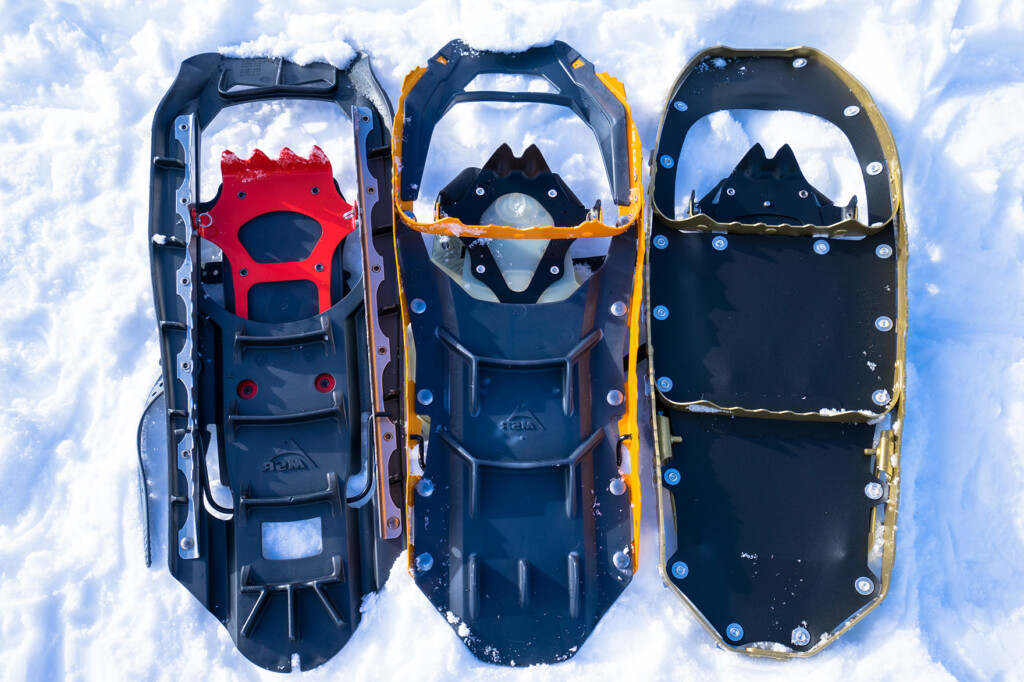
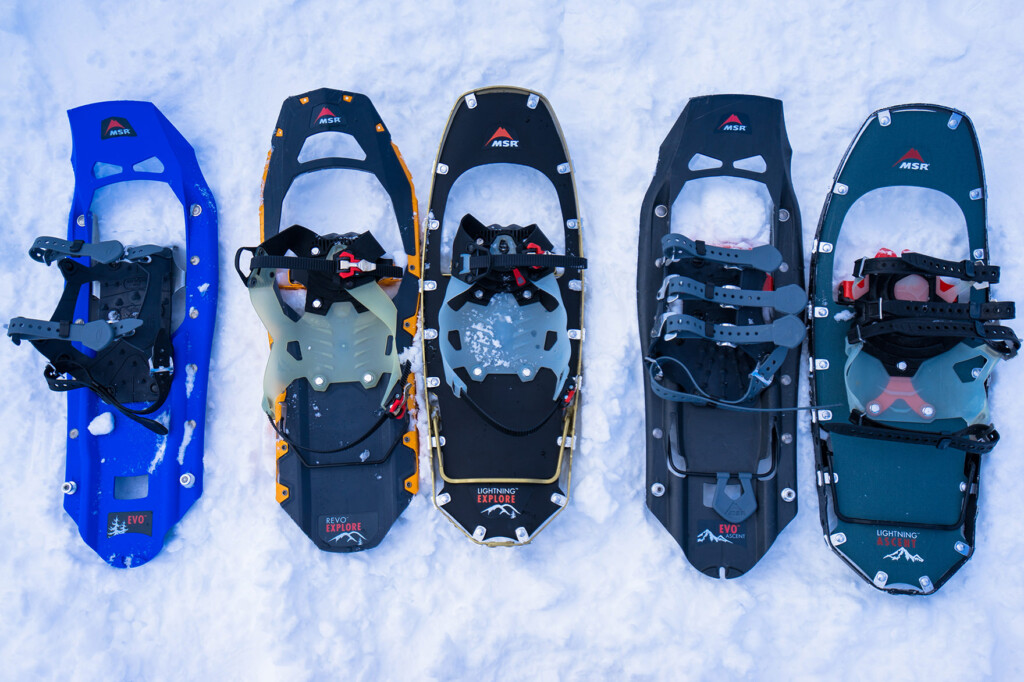
![MSR EVO Snowshoes Dark Blue 40641 [Genuine Japanese Product]](https://images-fe.ssl-images-amazon.com/images/I/61QumR4d4LL._SS300_.jpg)
![MSR LIGHTNING ASCENT Lightning Ascent (for men) Black 22 inch 40608 [Genuine Japanese product]](https://images-fe.ssl-images-amazon.com/images/I/61%2BxiwRMmgL._SS300_.jpg)

 Comparison of lineup: We've compared TUBBS snowshoes, a long-established brand that never stops innovation, so we'll introduce some recommended models.
Comparison of lineup: We've compared TUBBS snowshoes, a long-established brand that never stops innovation, so we'll introduce some recommended models.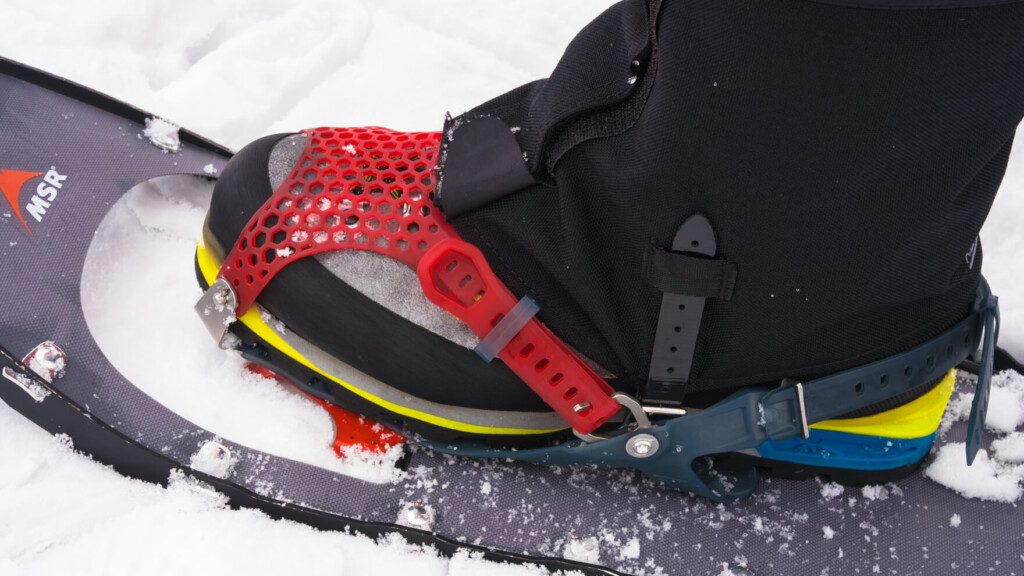 Review: MSR Lightning Ascent The evolved bindings are comfortable to go back once you experience them! [Comparison of new and old models]
Review: MSR Lightning Ascent The evolved bindings are comfortable to go back once you experience them! [Comparison of new and old models]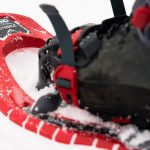 Comparison of lineup: We've compared TSL snowshoes, a talented person only knows, so we'll introduce some recommended models.
Comparison of lineup: We've compared TSL snowshoes, a talented person only knows, so we'll introduce some recommended models. From snow hiking to backcountry. The entrance to the wonderful snowy mountains, how to choose snowshoes wisely and 5 recommended models
From snow hiking to backcountry. The entrance to the wonderful snowy mountains, how to choose snowshoes wisely and 5 recommended models